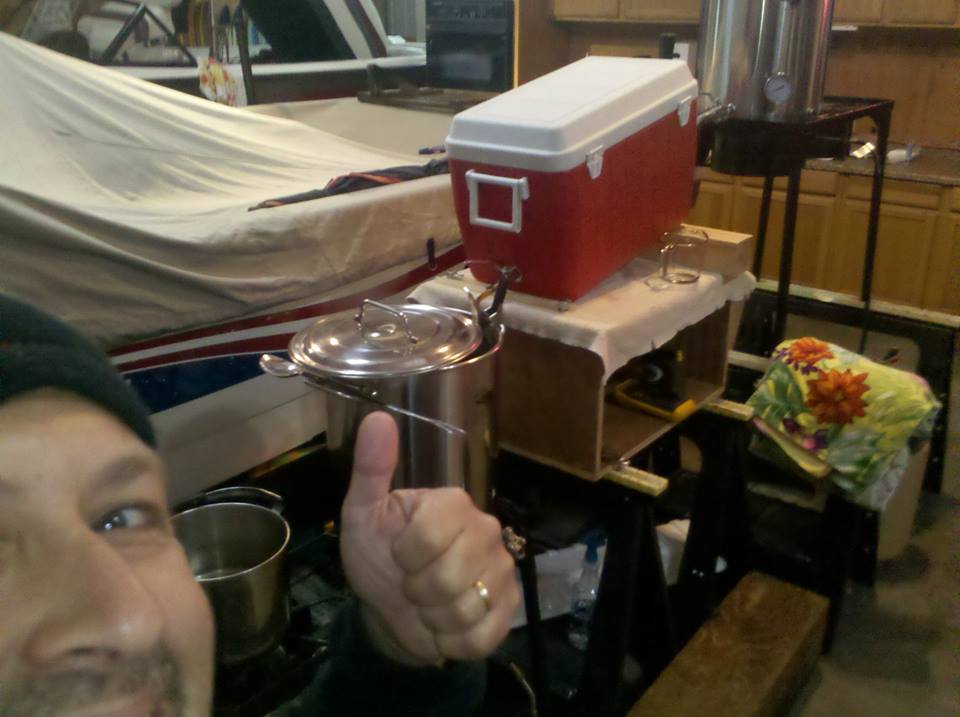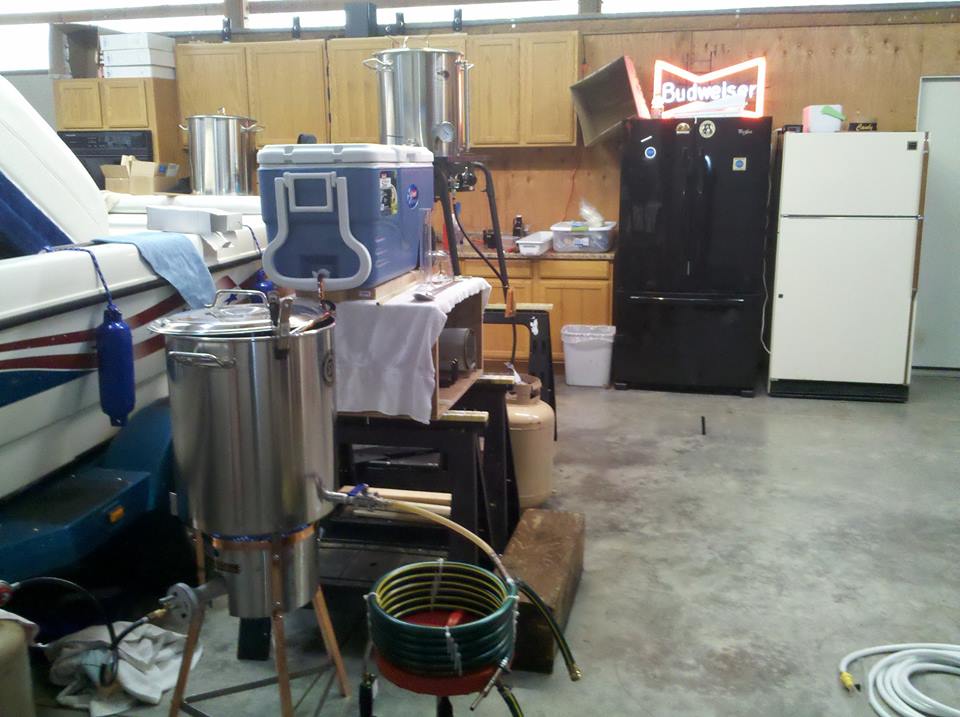The recirculation doesn't affect the sparge efficiency. It does affect the saccharification (conversion) rate during the mash, so will help get to near 100% conversion faster. As stated previously, near 100% conversion, or an effective mash out (amylase denatured completely) is necessary for cold water batch sparge to equal hot water batch sparge. Homogenizing the mash prior to run-off only requires a few minutes of aggressive stirring; no need to continuously agitate the mash. There's not enough differences in the grain bills to affect the mash efficiency, and any variables after the sparge step are irrelevant to mash efficiency.
Hot sparge does have the benefit of allowing you to get to boil faster.
Brew on
Why would it matter if the enzymes are active or not? Can you explain this more clearly?
Also do you have a source that recirculation doesn't effect sparge efficency?
























![Craft A Brew - Safale BE-256 Yeast - Fermentis - Belgian Ale Dry Yeast - For Belgian & Strong Ales - Ingredients for Home Brewing - Beer Making Supplies - [3 Pack]](https://m.media-amazon.com/images/I/51bcKEwQmWL._SL500_.jpg)






































